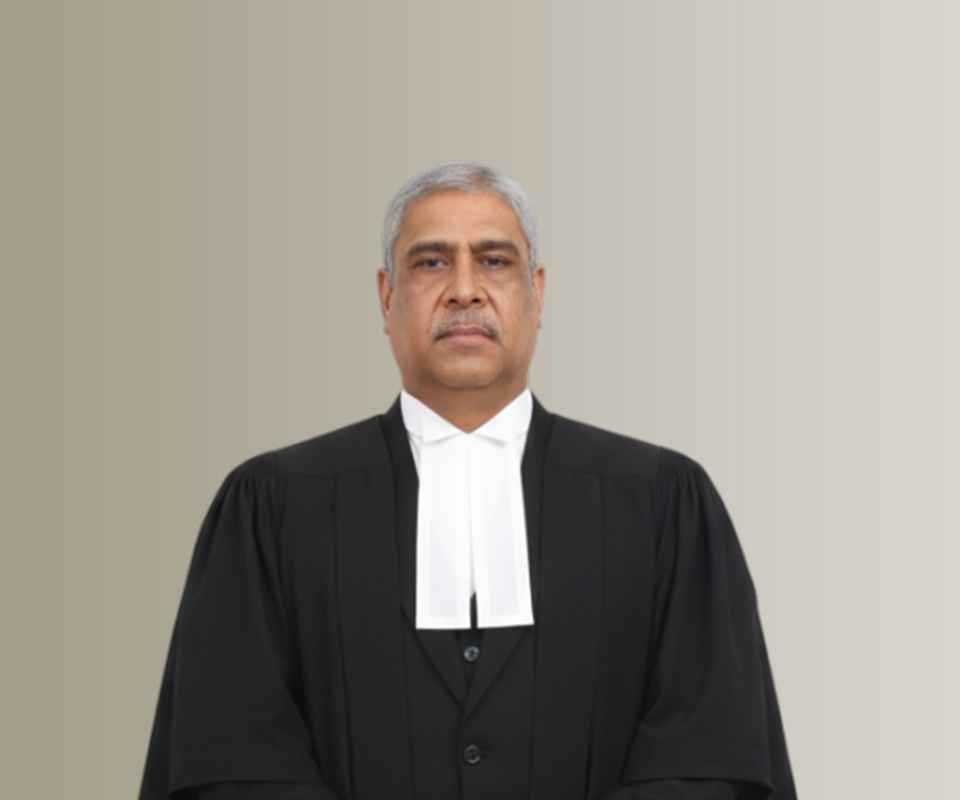In India, laws addressing cases of distracted driving in motor accidents primarily focus on prohibiting certain behaviors that can lead to distraction while driving and imposing penalties for violations. Distracted driving refers to any activity that diverts a driver's attention away from the task of driving, increasing the risk of accidents. Here's how the law addresses distracted driving:
Motor Vehicles Act, 1988 (MVA):
The Motor Vehicles Act, 1988, and its subsequent amendments contain provisions related to distracted driving and impose penalties for violations.
Section 184 of the MVA stipulates that driving a motor vehicle in a manner that is dangerous to the public is punishable with imprisonment or a fine, or both. This provision can be applied to cases of distracted driving if it leads to accidents or poses a danger to others on the road.
Specific Offenses:
While the MVA does not specifically mention distracted driving, it prohibits various activities that can lead to distraction, such as using mobile phones while driving.
Section 184A of the MVA deals specifically with the use of mobile phones while driving. It prohibits drivers from using a handheld mobile phone while driving and imposes penalties, including fines and license suspension, for violations.
Additionally, Section 185 of the MVA pertains to driving under the influence of alcohol or drugs, which can impair a driver's ability to focus and increase the risk of accidents.
Traffic Regulations and Enforcement:
State governments and local authorities may enact traffic regulations and enforce measures to address distracted driving, such as prohibiting other specific activities that can lead to distraction, such as eating, drinking, grooming, or using electronic devices while driving.
Law enforcement agencies are responsible for enforcing traffic laws and regulations, including those related to distracted driving. They may conduct traffic checks, issue citations, and impose penalties on drivers found violating these laws.
Public Awareness and Education:
Public awareness campaigns and educational initiatives are conducted to raise awareness about the dangers of distracted driving and promote safe driving practices.
These campaigns may use various channels, such as television, radio, social media, and community events, to educate drivers about the risks associated with distractions and encourage compliance with traffic laws.
Technology-Based Solutions:
Advancements in technology have led to the development of solutions aimed at reducing distracted driving, such as hands-free communication systems, voice-activated controls, and smartphone apps that disable certain features while driving.
Some jurisdictions may also explore the use of technology-based enforcement measures, such as traffic cameras or sensors, to detect and deter distracted driving.
Overall, the law in India addresses cases of distracted driving in motor accidents through a combination of legal provisions, traffic regulations, enforcement measures, public awareness campaigns, and technological solutions aimed at promoting road safety and reducing the incidence of accidents caused by driver distraction.
Dear client,
Rash driving, disobeying traffic rules, and the sorry state of the roads contribute to road accidents. According to 2020 statistics, 132,000 people suffered fatalities in road accidents, and the number continues to rise.
National crime bureau data indicated that 4,03,16 road accident cases were registered in 2021, up from 3,54,796 in 2020. That's surely an indication that road safety has become a concern. And there is a need for serious questions to be raised among the nation's people, but before that, people need to understand why do accidents take place.
Even if you drive safely on the road, another driver may cause an accident. If you can evade fatalities with minor accidents, the car damage repair costs can surely cause a big dent in your finance. Therefore, it is crucial to have four-wheeler insurance.
If you want to get car insurance, trust big names like Tata AIG. Tata AIG’s insurance purchase and renewal process are straightforward, and the car insurance claim process is hassle-free.
Causes of Road Accidents
Every year, road accidents claim main lives and cause huge damages to first and third-party properties. But why do accidents occur? - Well, there are many reasons for road accidents. People not abiding by the traffic rules, overspeeding, and careless lane changing are some of the causes of road traffic accidents.
Reckless Speeding
On May 17th, 2017, in Bangalore, a report documenting 38,131 incidents of overspeeding cars causing road accidents was made public. If you check the statistics, overspeeding contributes to at least 20 accidents daily in Bangalore alone.
The national urban maximum speed restriction is 50 km/h, according to the World Health Organization (WHO). But lack of knowledge of the laws governing speed limits is one of the causes.
It is important to understand whether you are driving on highways or city streets, you must always adhere to the speed limit. Many motorists disregard speed limits and drive too fast. When you drive at high speeds, you have very little time to react to other vehicles, people, animals, etc., approaching the car from behind. Serious accidents are more likely as a result of this.
Distracted drivers
Driver distraction is one of the leading causes of road accidents in India. As per statistics, 47% of people receive calls on their mobile devices while driving, causing road accidents. However, out of these, 41% are comfortable using their phones for work-related purposes. Also, 96% of passengers felt unsafe if their driver used the phone.
If you check studies on mobile phone usage, patterns, and behaviour, India has lost 1.3 million people to traffic accidents in the past ten years alone. India is responsible for more than 10% of all road accidents worldwide despite having only 1% of the world's vehicles.
To keep everyone safe, follow these traffic rules.
Stay in your lane, and don't overtake unnecessarily
Maintain a safe distance from other cars.
Non-usage of mobile while driving
Signals to follows
Seat belts for safety
Use turns indicators
Drink and Drive
Drink-and-drive is probably one of the predominant reasons for road accidents. Alcohol or other intoxicating substances impair your ability to focus and function. Even so, many people choose to drive or ride after drinking, which results in daily road accidents in India.
The Ministry of Road Transport and Highway estimates that drunk driving is directly responsible for 4.6% of India's road fatality figures. Although the percentage might appear low, the report also noted that there were more fatalities in accidents caused by drunk driving than in accidents caused by other causes, with up to 42% of victims dying as a result.
Under-age drivers on the road
In India, underage driving is a serious problem. Teenagers lack driving experience and are careless on the road. This explains the high number of reasons for road accidents caused by young drivers each year.
In 2019 police officials registered 8093 cases against people for allowing unauthorised persons to drive. And they had collected ₹ 8,53,700 as a fine in those last four months. But frankly, this is only a registered number, and the unregistered number is claimed to be five times more than this number.
Inappropriate road planning
A traffic police study found that at least 44% of the 1,510 people killed in traffic accidents in 2017 were pedestrians. A total of 1,604 people lost their lives in traffic accidents in the following year. According to experts, poor road planning, poor infrastructure, encroachment on pavements, and a disregard for traffic laws are to blame for the high number of pedestrian fatalities. According to experts, it takes a strong will and a solid plan to make sure that city dwellers walk and that when they do, the roads are accommodating to pedestrians.
Lack of strictness by law enforcement
Steps have been taken by the strategic installation of cameras to detect crimes. As a result of the actions taken by the Indian traffic police, significant causes of traffic accidents have been revealed. This aids in the enforcement of laws that govern traffic infractions, somewhat reducing the likelihood of accidents. Although the majority of the time, India's law enforcement agencies operate slowly, or their lack of strictness leads to offenders may get away. The main cause of this is a lack of a traffic police force.
Breaking signals
A traffic signal is a crucial location where errors cannot be made. Traffic lights indicate when you should stop and when you should drive. Irrespective of that, drivers run at a red light, and another vehicle will likely hit from the side.
Conclusion
Road accidents in India have been a big concern for the government and the people. Recently, a senior executive of a large Indian company fell prey to a car crash, and the incident stirred the already concerning issue of road accidents. Besides, the ninth-most premature causes of death in India are due to road accidents. Amidst this uncertainty, having car insurance makes a lot of sense.
Should you have any queries, please feel free to contact us!









